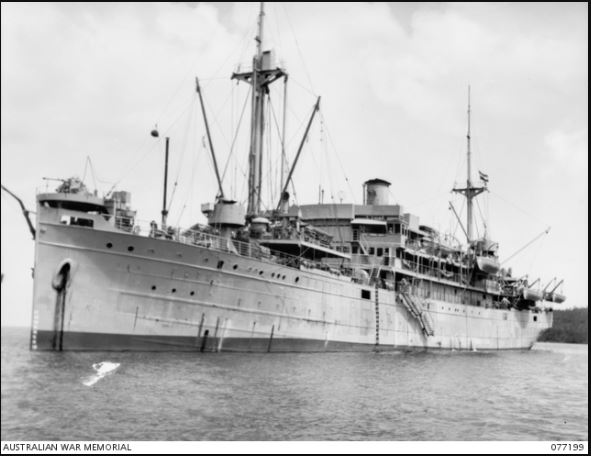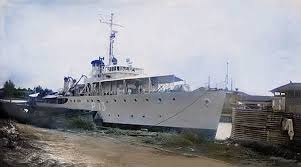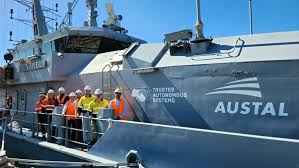In May 1942, the Allied war effort in the Pacific reached a critical turning point. The fall of the Netherlands East Indies (NEI) had left Australia exposed, and Japanese forces were advancing toward Port Moresby. In this tense context, a unique and largely forgotten military operation unfolded: Convoy ZK8, an all-Dutch merchant convoy under Allied command, which delivered Australian troops to Papua to defend against a potential Japanese invasion. The operation was a milestone in Dutch–Australian cooperation, showcasing the continued strategic value of the exiled Dutch merchant fleet.
A Dutch convoy under Australian command
Convoy ZK8 sailed from Townsville on 17 May 1942, comprising four Dutch merchant ships: Bontekoe, Van Heemskerk, Van Heutsz, and Bantam. The convoy carried over 2,500 troops of the Australian 14th Brigade, including infantry and support personnel, as well as vital military supplies such as trucks, fuel, ammunition, and communications equipment. It was escorted by the Dutch light cruiser HNLMS Tromp, which had already seen action in the defence of Java.
The convoy’s destination was Port Moresby, a key Allied stronghold in Papua New Guinea. Had the city fallen, Australia’s northern approaches would have been fatally compromised. Convoy ZK8’s arrival allowed Australian forces to reinforce Moresby’s defences just in time for the upcoming Kokoda and Milne Bay campaigns.
Dutch ships in Allied logistics
The convoy was a product of the Netherlands Indies Government-in-Exile’s decision to place its remaining merchant fleet under Allied operational control. Dutch merchant ships—many of which had escaped Java in early 1942—were organised into the Netherlands Indies Government Shipping Service (NIGSS) and based in Australian ports such as Sydney, Brisbane, and Fremantle. Though Dutch-owned and crewed, these ships now served the Allied cause in a wide range of logistics operations.
According to Allies in a Bind by Jack Ford, Convoy ZK8 marked the first time that Dutch merchant ships played a lead role in a front-line Australian troop deployment, not just supply or evacuation work. This cooperation was a sign of trust and necessity: with Allied shipping scarce, Dutch vessels became essential to Australia’s ability to fight in the Pacific.
A timely arrival, a lasting impact
Convoy ZK8 arrived safely in Port Moresby and disembarked its troops and cargo without enemy interference. The operation was a logistical success and set a precedent for later Allied convoys in the region. It also cemented the practical military partnership between Australia and the Netherlands, which had developed rapidly since the fall of the NEI.

The ships involved—Bontekoe, Van Heemskerk, Van Heutsz, and Bantam—continued to serve in the Southwest Pacific Area (SWPA) for the remainder of the war. Many were later integrated into the Lilliput and Tramsik convoys supplying New Guinea outposts. Their crews, mostly Dutch and Indo-European sailors, worked under hazardous conditions alongside Australian and American personnel.
Legacy of Convoy ZK8
Though often overlooked in official accounts, Convoy ZK8 represents a key example of Dutch–Australian wartime cooperation in action. It also demonstrates the adaptability and resilience of the exiled NEI administration and its merchant marine, which continued to fight for Allied victory even as their homeland was under occupation.
For Australia, the operation highlighted the critical importance of regional partnerships and marked a moment when Dutch ships, crews, and command structures were fully embedded in Australian strategic planning. The success of Convoy ZK8 helped lay the foundation for the larger military logistics network that would sustain the Allies in the long and difficult campaigns in New Guinea and beyond.
Related articles
- The Dutch purchasing mission and wartime supply issues in Australia
- A Dutch military and civil inventory in Australia – March 1942 snapshot
- From indifference to diplomacy: how the war transformed Dutch–Australian foreign relations
- Operation Accountant: safeguarding Dutch gold in exile
Sources
Jack Ford, Allies in a Bind: Australia and the Netherlands East Indies in the Second World War, CQU Press, 2001


